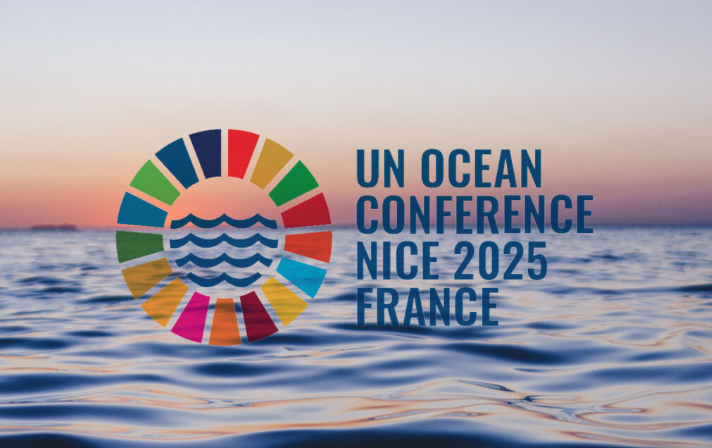
Image credit: letsbenicetotheocean.org
By Juanita Zorrilla-Pujana – SUBMON
During the United Nations Ocean Conference (UNOC), the project SEA2SEE led the organisation of a session entitled “Digital Tools and Seafood Value Chains: Between Innovation and Reality Check,” in collaboration with the European projects EveryFish, TITAN, and FishEUTrust. The panel brought together several initiatives working to improve the sustainability of seafood systems, with a clear common thread: the importance of traceability and transparency.
This challenge, however, is not unique to these projects. Throughout multiple sessions at UNOC, traceability emerged as a recurring theme, particularly in relation to small-scale fisheries. While digital tools offer promising advances, participants highlighted the complex logistical barriers that often prevent effective traceability. For instance, once seafood products arrive at ports or auctions, they are frequently mixed with non-traceable batches, undermining the integrity of the information from origin to consumer.
In some of the sessions, a shared message echoed across discussions: we must move away from the assumption that technological solutions need to be “scaled up” in a uniform way. Instead, they must be “scaled down” and tailored to local contexts, to each fishery, each port, each community. These systems must also be affordable, practical, and aligned with the realities of small-scale fishers, making the profession not only viable but also attractive for new generations. Today, the perception of endless administrative, technological, and economic barriers contributes to a lack of generational renewal in the sector.
Another critical issue raised was the limited agency of consumers. In many cases, consumers do not receive sufficient information to make fully informed choices. Often, supermarkets act as gatekeepers, filtering and pre-selecting the seafood that reaches the shelves, effectively narrowing the consumer’s decision-making power. Therefore, we cannot place the full burden of responsibility for seafood consumption solely on consumers. Every link in the seafood value chain must play its part in ensuring traceability, transparency, and sustainability, from fishers and processors to retailers and policymakers.
The session concluded with a call to collaborate between projects, not as silos, but in the co-creation of context-sensitive solutions to foster shared responsibility across the entire seafood system. The tools already exist; the challenge now is to ensure they are usable, inclusive, and effective in practice, especially for those who are often left out of large-scale innovation frameworks.
Ultimately, as a final reflection, collaboration among stakeholders, projects, industry, and academia, both in theory and in practice, is essential for advancing a more transparent sector within the entire seafood value chain.
